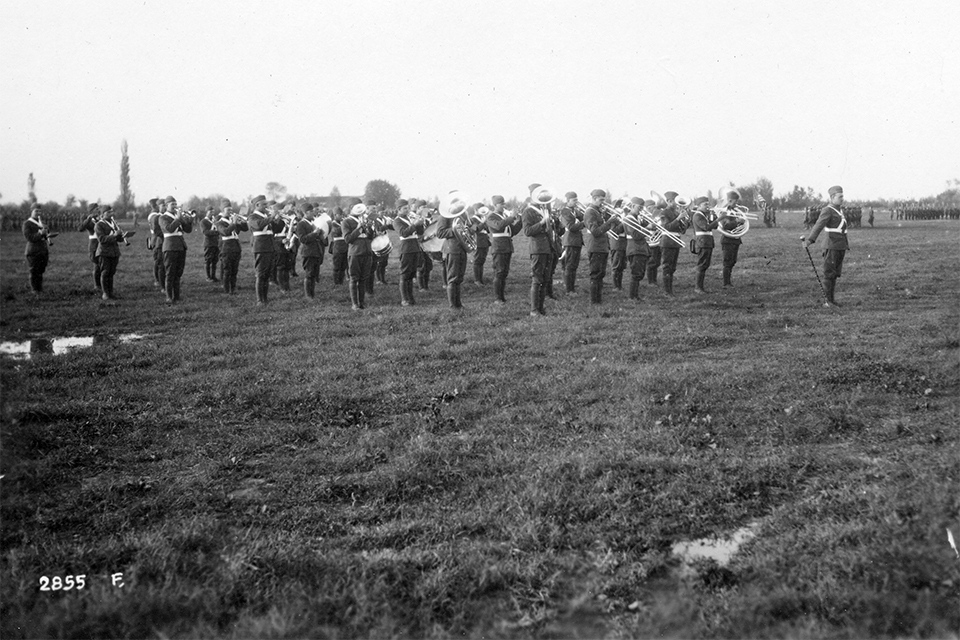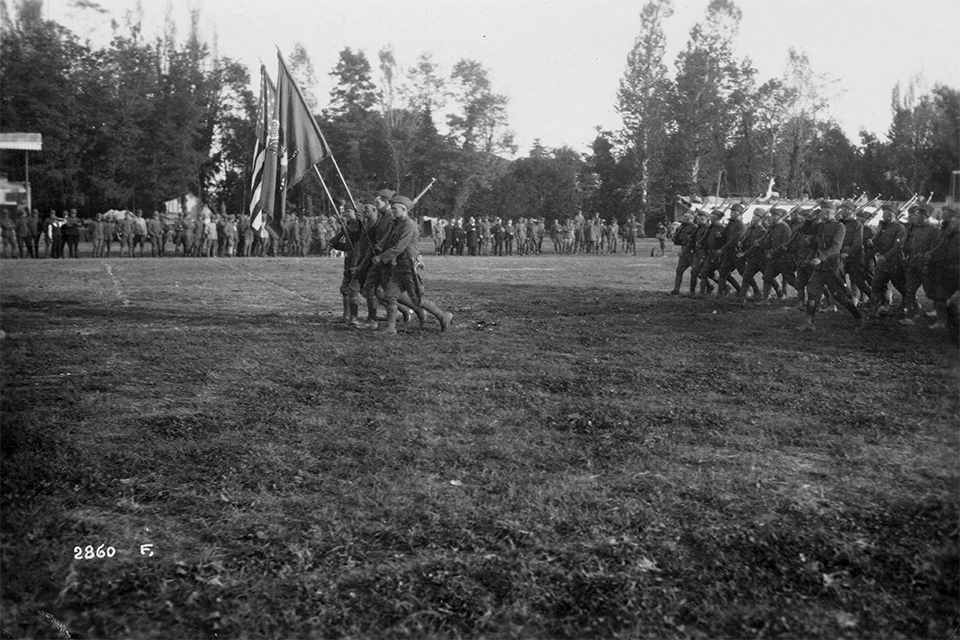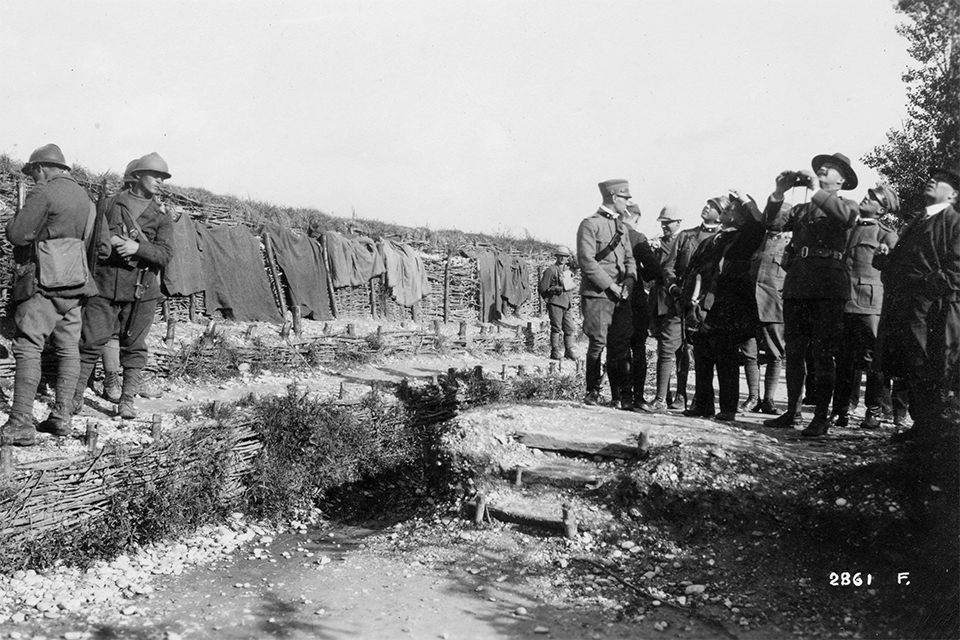The commitment in the last days of the Battle of Vittorio Veneto.

The 332nd battalion was made up of about 4,000 men led by 125 officers, divided into three battalions formed by four companies each (1st Battalion companies A, B, C and D, 2nd Battalion companies E, F, G and H, 3rd Battalion companies I, K, L and M) and in four other companies (Command, Medical, Maintenance and Machine Gunners), which, depending on each mission, joined one of these three battalions. Each company consisted of approximately 250 men. Based on the registered surnames, 10% of the soldiers could have been descendants of families that had emigrated from Italy.
Company K followed the rest of the regiment during the campaign in Italy: it trained in Valeggio, then it was transferred to Treviso in mid-October 1918 and, finally, it was involved in the final stages of the Battle of Vittorio Veneto. However, it did not actively take part in the Battle of Ponte Della Delizia on 4 November.
On 18 November 1918, the company and the entire third battalion were transferred from Cormons, where they had settled at the end of the advance, to Rijeka, in order to form an international force to control the city, which was on the verge of becoming either Italian or Yugoslav, or possibly also a free port. It was not as easy a task as it might seem. The soldiers of the company very often found themselves involved in street fights, sometimes triggered by the behaviour of civilians or troops of the other interallied forces, or even by fellow Americans, which resulted in many punishments for the members of the company. The problem was partially solved by forming mixed police patrols among the allied powers. The Company also performed tasks such as escorting supplies of basic necessities to Trieste and Vienna.
On 12 February 1919, the Company was transferred to Genoa from where it set sail for the USA on 27 March 1919 aboard the Canopic, arriving in New York on 15 April 1919. After returning to Camp Sherman, Company K and the rest of the regiment were officially disbanded at 1.30pm on Saturday, 3 May 1919.
The photos below of Company K portray 248 soldiers of which: 8 officers, 1 quartermaster, 16 sergeants, 31 corporals, 7 cooks, 4 mechanics, 1 trumpeter, 7 machine gunners, 4 snipers and 169 enlisted men of various ratings (forming a total of 16 platoons of 12 men each, plus one sergeant and two corporals).
Sixteen soldiers seem to have surnames of Italian origin. Seven of them also have an Italian name (Giovanni, Valentino, Carmine, Tiberio, Arturo, Venturi and Marino). However, there are also surnames of Slavic, Polish and even German origin (such as Otto Schroeder). Only 14 of them are not from Ohio, whereas the others are from Cleveland, Toledo and Steubenville.


